![]() Feb. 2, 2024 As reported by CNN: Two small nuclear reactor (SMR) demonstration projects, one by X-energy in Texas and another by Bill Gates’ TerraPower in Wyoming, have been awarded government support to get up and running by 2028.
Feb. 2, 2024 As reported by CNN: Two small nuclear reactor (SMR) demonstration projects, one by X-energy in Texas and another by Bill Gates’ TerraPower in Wyoming, have been awarded government support to get up and running by 2028.
![]() A must event for all working on small nuclear reactors (SMRs),1-2 May 2024 in Atlanta, USA. Agenda here –>
A must event for all working on small nuclear reactors (SMRs),1-2 May 2024 in Atlanta, USA. Agenda here –>
Feb. 1, 2024. INFER, which ISIT has been supporting via Dr. Dawna Coutant and Carolyn Meinel, now is led by the nonprofit RAND with support from Cultivate Labs. Previously it was managed by ARLIS, a University Affiliated Research Center supporting the U.S. Department of Defense.
Dec. 29, 2023 Texas Nuclear Islands of Resilience for Societal Stability, ISIT’s newest project, is supporting R&D on micro nuclear reactors for electrical power generation, We anticipate that these would be transportable by ordinary trucks to key locations in the event of prolonged power outages within Texas. In pursuit of this goal, ISIT plans upon helping both Homeland Security and industry partners to build upon the latest research by the Los Alamos National Laboratory and the U.S. DOE on these “microreactors.”
See also the big upcoming conference on these reactors, above. The conference title, “From blueprints to breakthroughs,” sums up the challenge. So far no small commercial nuclear reactor has been built. However, commercially available mobile microreactors might become feasible sooner than larger site-built small nuclear reactors.
How soon? The Defense Department’s Strategic Capabilities Office has funded a “transportable” microreactor that can be shipped in standard containers, set up in three days, operated for weeks or months, left to cool for seven days, and then shipped out again. Contractor is BWX Technologies. A prototype of Project Pele is slated to be delivered to INL in 2024.
More on mobile microreactors here—>
November 29, 2023
“Our goal is to develop reactors that can be fully factory manufactured and deployed fast…. I expect that microreactors will be pretty big game changers going forward.” —Dasari V. Rao, director of Los Alamos National Laboratory’s Civilian Nuclear Program
Jan. 23, 2024 INFER’s Best of 2023. Congratulations to ISIT’s Dawna Coutant (DKC) for being rated the best overall geopolitical forecaster, while ISIT’s Carolyn Meinel (cmeinel) came in third. Pictured below, INFER’s top seven 2023 forecasters.

Feb. 21, 2023 INFER’s Best of 2022: Congratulations to the season’s leaders across various geopolitical forecasting categories.” ISIT’s Dawna Coutant (DKC) and Carolyn Meinel (cmeinel) are among the top five in multiple categories with this geopolitical forecasting challenge. Pictured below, the top eight overall INFER forecasters of 2022.
We are especially proud that Coutant (DKC) and Meinel were among the top five for helping other INFER forecasters to succeed at assisting the intelligence communities of the U.S. and allies:
Feb. 16, 2023 ISIT’s Dawna Coutant and Carolyn Meinel have expanded their successes supporting the intelligence efforts of the U.S. and its allies, now including collaboration with the U. K.’s Cosmic Bazaar, the crowdsourced forecasting program run by the UK’s Professional Head of Intelligence Assessment (PHIA). Cosmic Bazaar was created by the British government to improve the rigor of its intelligence analysis. It involves 2,000 forecasters from 41 government departments and several allied countries and has been featured in The Economist.”
INFER, short for INtegrated Forecasting and Estimates of Risk,“is a forecasting program designed to generate valuable signals and early warning about the future of critical science and technology trends and high-risk geopolitical events for U.S. Government policymakers”
Oct. 2021: ISIT’s involvement in IARPA’s IARPA’s Hybrid Forecasting Competitionfinally paid off. Although we didn’t win a contract, we went ahead and did the research anyhow. See ” What do forecasting rationales reveal about thinking patterns of top geopolitical forecasters?” in the International Journal of Forecasting.
August 2021: ISIT’s Dawna Coutant and Carolyn Meinel had been combating COVID-19 as participants in IARPA’s GJP 2.0 program. We did better than the big modeling teams for the first six months of the pandemic. Then we were about even with the models until Delta arrived. See what we had forecasted for 2021 as of August 8, 2020 at Covid_forecasts_2021.html
May 2020: ISIT’s Carolyn Meinel explains how she used Natural Language Processing to forecast geopolitical questions in a webinar hosted by Basis Technology: Mirror, Mirror on the Wall — which Country Will Rule them All?
January 2020: The team of ISIT and KaDSci, LLC came in 4th place in IARPA’s Geopolitical Forecasting Competition out of over 100 initial competitors by forecasting 305 questions within just 5 1/2 months: Details here.
October 24-28, 2016: The 18th International Electromagnetic Launch (EML) Technology Symposium, managed by ISIT, was held in Wuhan, China.







